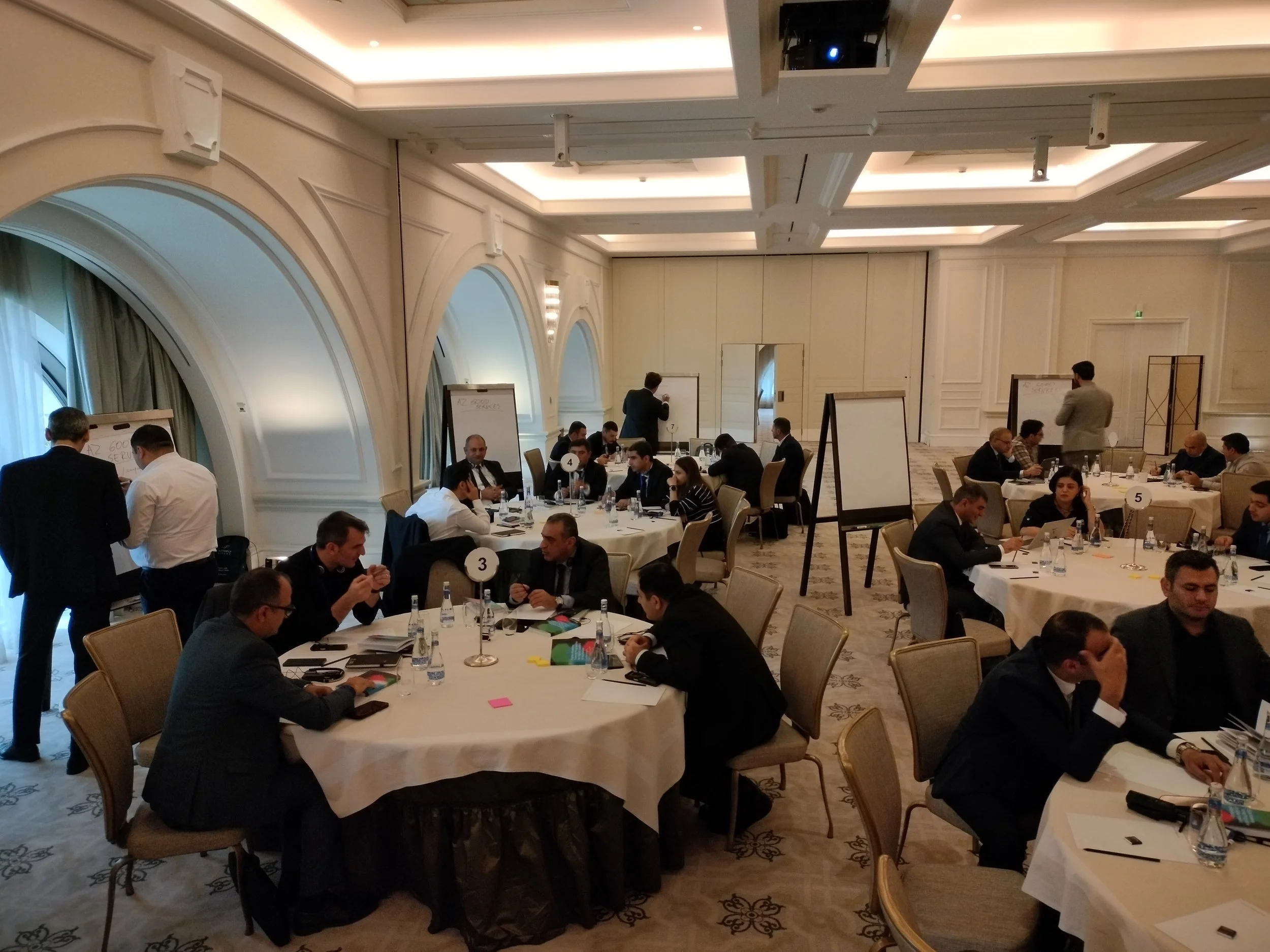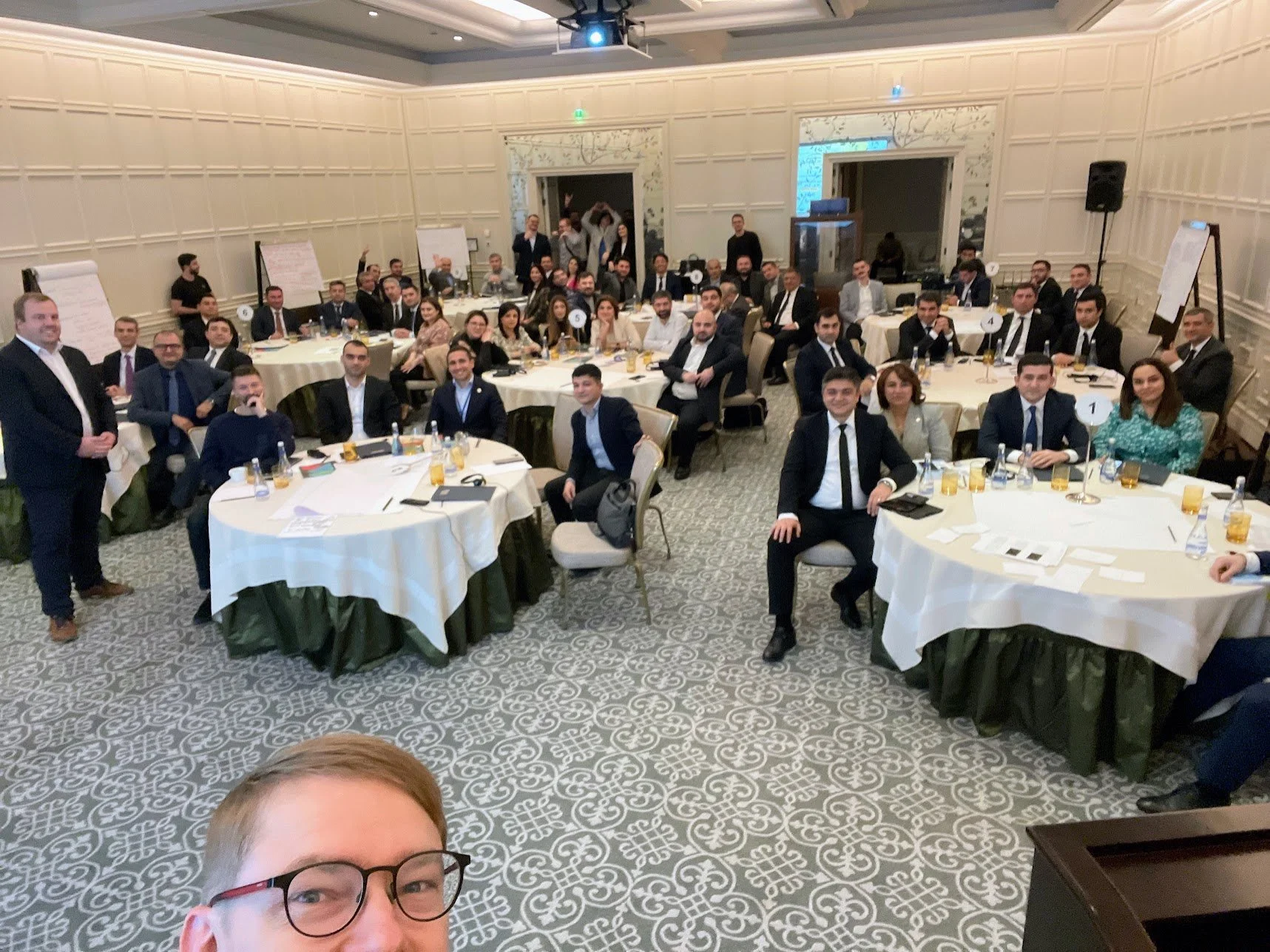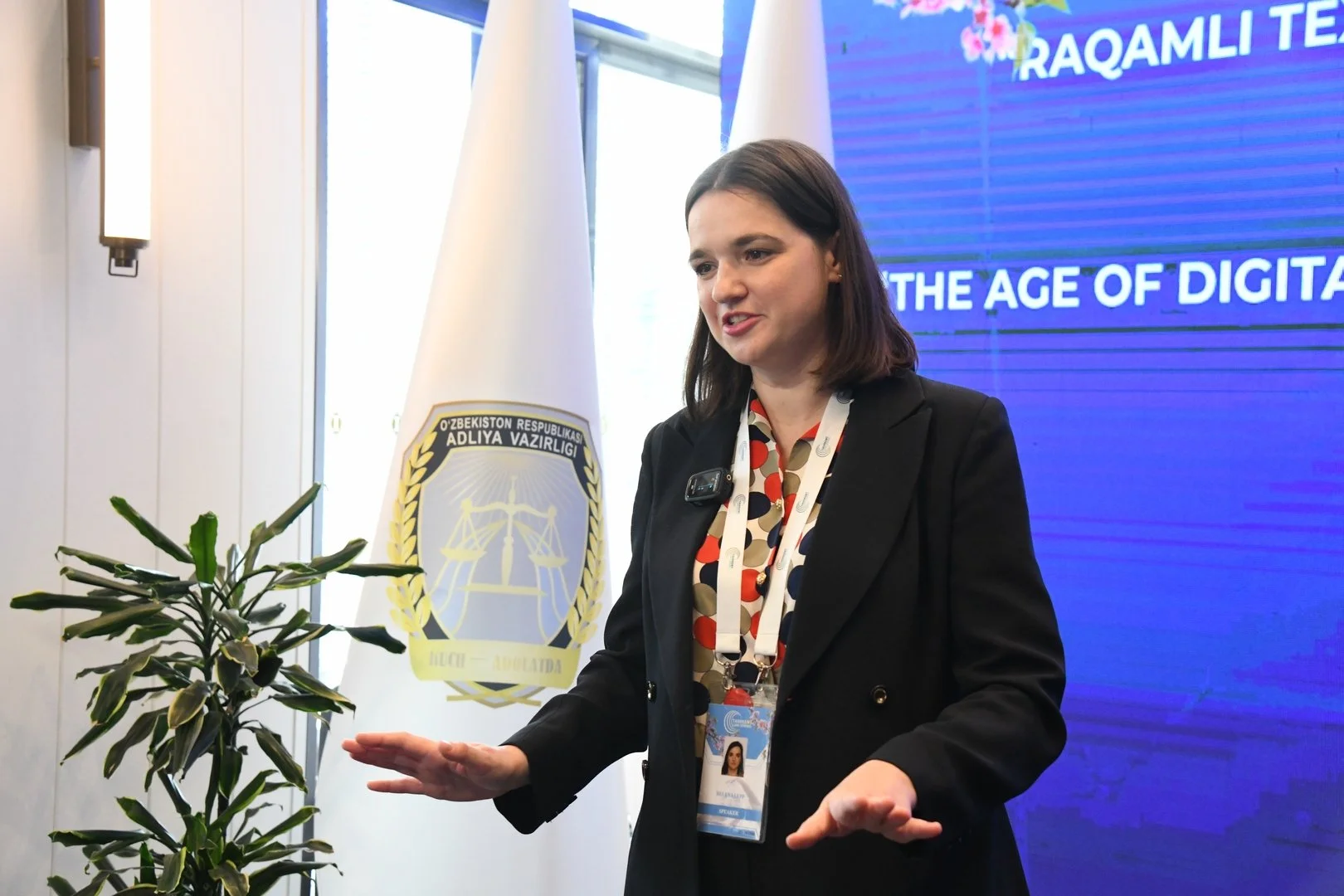In a world of instant apps and on-demand everything, people expect digital public services - like renewing a passport or registering a business - to match that speed and simplicity. But great digital services aren't just achieved through technology. They require a relentless focus on people’s needs and doing so consistently across every department.
Without clear and shared Service Standards, consistency and sense of direction across government breaks down. These standards aren’t just helpful. Rather, they are the backbone of meaningful, high-quality services.
What Is a Service Standard?
A Service Standard is a clear set of principles and criteria that define how government services should be designed and delivered. It helps ensure that services are not only functional and secure but also accessible, user-friendly, and built with real people in mind.
Think of it as a playbook that helps teams build better public services. It provides a common language and shared expectations for service owners, developers, and decision-makers.
The UK’s Government Digital Service (GDS) team were pioneers in this space, setting up the first comprehensive service standard globally. Their work set a benchmark and inspired many others. Estonia’s first service standard, for example, was directly influenced by the UK’s approach. We learned from their example and followed many of the lessons they had already surfaced.
Building on these foundations, countries like Singapore, Estonia, Canada, Portugal, and Australia have already established service standards as part of their digital government strategies and the results speak for themselves. These countries are often cited for their user-centric approach to public service design and rank high in indices measuring human-centricity and quality of services.
Service standards help governments move from siloed, agency-by-agency services to a more coordinated and citizen-centred approach.
Why Do Service Standards Matter?
It’s easy to fall into the trap of thinking that digital transformation is mostly about adopting new technologies. Technology is an enabler and amplifier. The heart of successful digital public services lies in understanding people and their needs.
I’ve seen this mistake firsthand, including during my time at the Estonian Government CIO Office. In Estonia, we launched digital identity, X-Road, and many e-services already in the 2000s. But it took more than a decade before we truly started to turn our attention to service design and delivery. The first Estonian Service Standard was only adopted in 2021, at a point when the need for it had become painfully clear. Technically, our services worked well. But too often, they were designed from a government perspective and lacked consistency in user experience and interface. Behind the scenes, departments were duplicating work and continuing to take unnecessarily complex processes online - inefficiencies that ultimately surfaced in clunky, frustrating service experiences.
Now we’re seeing much too often the same pattern across the world. Governments are rapidly digitalising and pushing services onto digital platforms, but without foundational principles for how those services should be designed and delivered. As a result, many services fall short of meeting real user needs. That’s why human-centric service design and a whole-of-government Service Standard shouldn't come later. They need to be there from the start. It’s not a nice-to-have. It’s a must to ensure services are meaningful, coherent, and high quality from the beginning.
It’s also a critical window of opportunity. Early in the digitalisation journey, many line ministries and agencies are still building their service design capacity. This is exactly the right time to set a shared direction and avoid costly rework later.
People don’t usually differentiate between government agencies and departments. When something doesn’t work - whether it’s a missed benefit or a confusing online form - they often blame “the government” as a whole.
This becomes especially important in key life-events such as having a baby or starting a business, because users don’t experience these as separate services, but as one continuous user journey. That’s why consistent service design and delivery matter so much.
A good Service Standard ensures:
Services are easy to find and use
Information is clear and accessible
Systems are secure and trustworthy
Everyone can access services equally
Services look and feel similar across agencies
In short, Service Standards help governments build trust, design better targeted services and improve efficiency.
How to Set Up an Effective Service Standard
Creating a Service Standard is not about writing yet another policy document. It’s about changing how things get done. Below are key steps to get started and make it work in practice:
1. Build with a Community
The best standards are made in co-creation with the ecosystem: other government agencies, private sector experts and end-users.
It’s important to include a mix of profiles and levels of experience: not just subject-matter experts, but also decision-makers who can champion the effort and secure political buy-in at key moments.
Start by working with like-minded agencies that are motivated to move quickly. This helps build early momentum and deliver tangible results. More neutral or skeptical stakeholders will follow once there’s progress and real-life examples to showcase.
This collective and strategic approach leads to standards that are both relevant and widely supported.
2. Involve End-Users Early
It might seem time-consuming or costly to include citizens in the design process, but in the end, services must create real value for the people who use them. While end-users aren’t the ones applying the Service Standard directly, they are its ultimate beneficiaries and if their needs aren’t met, the standard has failed its purpose.
Involving end-users early on, especially during the problem definition phase, is essential. This is where you can uncover what the real issues are, from the users’ perspective, and begin to understand the root causes behind pain points or inefficiencies. While it’s important to involve users at various milestones, a common pitfall is engaging them only at the validation stage. By then, the design may already be built around flawed assumptions, and key problems can be overlooked.
You don’t need to run large-scale studies or complex user research. Even small focus groups and simple user interviews at critical points can reveal insights that help shape services that truly work for people.
3. Learn from Others and Adapt
Many countries have already developed excellent Service Standards. Rather than starting from scratch, study what they’ve done. What has worked well? What challenges did they face?
For instance, Portugal’s Mosaico provides a comprehensive toolkit for technical areas from service design and usability to open data and AI, while Australia’s Service Standard places strong emphasis on digital inclusion and accessibility.
Estonia, for example, analysed seven different international models to draw insights for their recently launched Service Standard 2.0.
These kinds of good practices can be adapted and customised to fit your own country’s legal frameworks, service landscape, and administrative culture. Learning from others is not about copying - it’s about building smarter, faster, and with fewer blind spots.
4. Don’t Forget Service Management
Service design and delivery get a lot of attention, but good services also need to be well managed. This often-overlooked aspect is essential for long-term quality and consistency.
Every service should have a clearly assigned owner who is close to delivery, understands the details, and has the mandate to make improvements when needed. It’s also important to monitor how services perform and how users experience them. Without measurement, improvement is guesswork.
Agencies should actively manage their portfolio of services and know what’s working, what’s not, and what needs to change. At the whole-of-government level, a consistent approach to service management and measurement helps prioritise efforts and improve decision-making across the system.
5. Start Small. Then Scale
Don’t aim to create a perfect Service Standard all at once. Instead, start with a minimum viable version – something simple but functional. Begin with a clear set of core principles, a practical checklist, and general implementation guidelines that service teams can follow. This initial version doesn’t need to cover everything. It just needs to be good enough to get started.
Test this early version in a real-world setting, collect feedback from those who use the standard, and observe where things go smoothly and where they don’t. Use these insights to refine, improve, and expand.
As the standard matures, you can gradually introduce more elements and details, such as toolkits, templates, guidelines and real-life case studies. Taking this approach helps ensure the standard is practical, grounded in experience, and easier for teams to adopt.
6. Make It Mandatory
Voluntary Service Standards often fall flat. Some agencies may embrace them, but many won’t unless there’s a clear incentive or requirement.
Tie compliance with the standard to key decisions like budget approval or project sign-off. For example, require agencies to show how their new service meets the Service Standard before funding is released.
This creates a strong incentive to follow best practices while still leaving room for flexibility and innovation.
7. Provide Support and Resources
Enforcement is important, but support matters just as much. Offer practical tools, templates, training, and expert guidance to help teams apply the standard in real-life situations.
Think of building a community of practitioners - a network of service designers, developers, and service owners who can share experiences and help each other. Support is the carrot that makes the stick more effective and fairer.
8. Set Up Governance and Ownership
Success doesn’t come from having a Service Standard on paper. It comes from how well it’s implemented. And that depends on having the right governance mechanisms in place from the start.
A strong governance model should be built into the standard itself. This includes clearly defined roles, responsibilities, and decision-making structures.
Every Service Standard needs a clear owner. This might be a dedicated task force, or a designated position. The clearer the role and responsibilities, the stronger the ownership. Make sure the owner has enough mandate and resources to maintain and evolve the standard effectively.
Without clear and strong governance and ownership, the standard can easily become another forgotten document.
9. Keep Iterating
The world doesn’t stand still, and neither should your Service Standard.
Undertake regular reviews. Based on real-life use cases and feedback, analyse what’s working and what’s not, and make changes as technology, user expectations, and policies evolve.
For example, if many teams are struggling with a certain criterion - like integrating accessibility features - add case studies, tools, or training to help them succeed.
At the end of the day, a Service Standard isn’t just a checklist - it’s a culture shift. It helps governments put people first and deliver services that are simple, inclusive, and consistent.
And it’s not something to consider later. A Service Standard is a must from the outset. Without clear principles for service design, delivery, and management, digital services risk becoming fragmented, confusing, and disconnected from people’s real needs, requiring significant resources to rework them later.



























